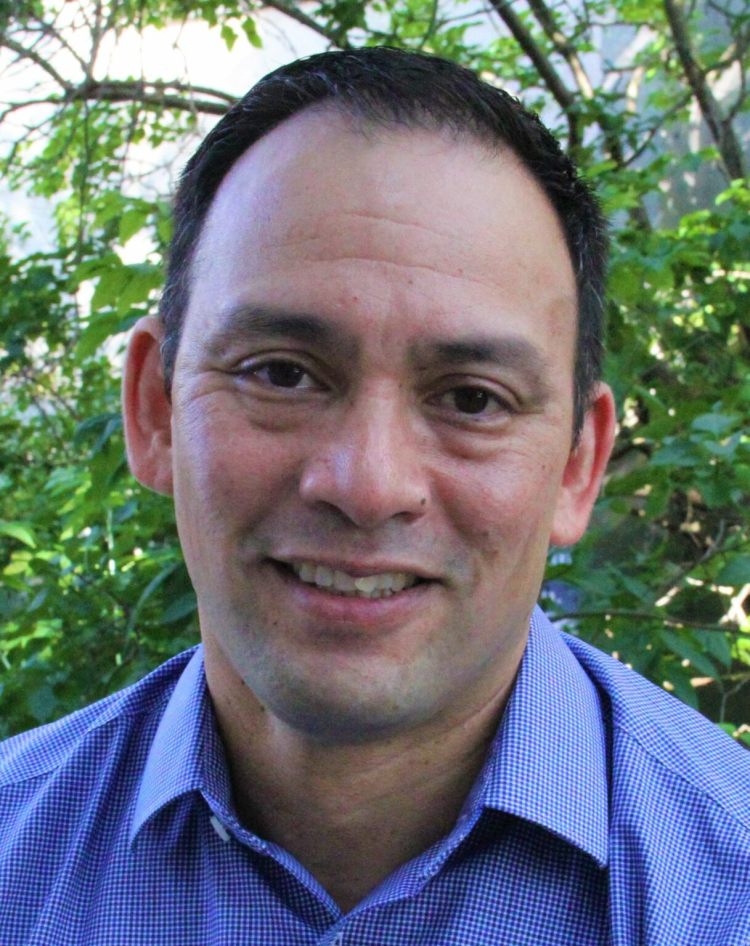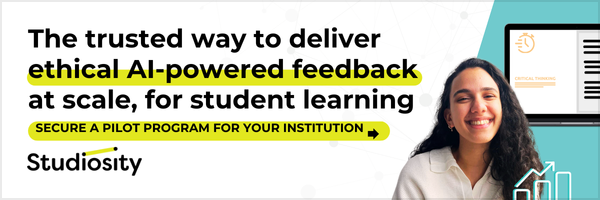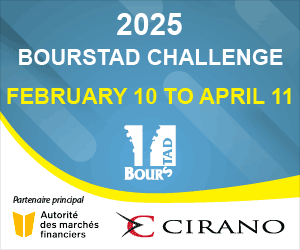Mochizuki, an associate professor in the School of Kinesiology & Health Science in York University's Faculty of Health, developed the fourth-year undergraduate course in 2022 to provide practical insights into the challenges and successes of neurorehabilitation.

George Mochizuki
Neurorehabilitation is the process that helps people recover and learn anew how to perform daily activities following neurological injuries, such as stroke, concussion and spinal cord injuries, or while living with diseases, such as multiple sclerosis or Parkinson's disease.
Mochizuki says occupational therapy and physiotherapy training used to be an undergraduate program, but about 25 years ago, training was moved to the master's degree level. He decided to develop an opportunity for undergraduate students who are contemplating a career in occupational therapy (OT) or physiotherapy (PT) to learn what their training - and what the reality of working in those careers - would be like.
His course's structure includes a workshop on professionalism and interview skills, a group presentation and a final reflection exercise. The highlight of the course, however, is the 90-minute session small groups of students have with clinicians and their patients who are guests in the course, as it highlights the value of field experiences that can complement and challenge classroom theory.
"Students get to hear first-hand about the benefits, challenges and barriers people are experiencing in real life," Mochizuki says. "Students hear about limitations of time or perspectives on situations in which better access to care can result in a better recovery. It's not just, here's the definition of a stroke and this is how the typical stroke recovery pattern looks.' The activity focuses on the interaction between the clinician and client and how the personalized plan contributes to rehabilitation for that individual."
Students will often tell Mochizuki that what they hear in their sessions with the clinician and patient is different from what they have discussed in class.
"We talk about how people of the same age, same sex, same socioeconomic background, same location of injury and same type of injury experience differences in how the injury impacts them," Mochizuki says. "This real-life variability doesn't always align with information in textbooks."
That reality calls for a personalized, holistic approach to treatment. That's what drew Emily D'Alessandro to occupational therapy studies after taking Mochizuki's class, and seeing how a stroke patient's life was changed through neurorehabilitation.
"I saw the impact that the physio had on the client's life and how the client lit up and how happy they were to be able to do things. And that's when I knew: this is the path I have to take," says D'Alessandro, who is enrolled in the University of Toronto's occupational therapy master's program after earning a BSc in neuroscience at York.
Occupational therapy focuses on upper limb rehabilitation and developing fine motor skills, while physical therapy tends to focus on lower limb rehab. "We help people get back to the activities that are important to them. It could be going back to work, going back to school, even just getting dressed in the morning or typing on your computer," she says. "Physio will help you walk, but OT will help you get dressed so that you can go out and do what you have to do."
D'Alessandro credits the experiential education element of Mochizuki's class for helping her find her career path.
"Not a lot of professors teach courses like this," she says, "with experiential learning aspects that actually get us integrated into the real world and show us how we can apply our information."
This story was originally featured in YFile, York University's community newsletter.













